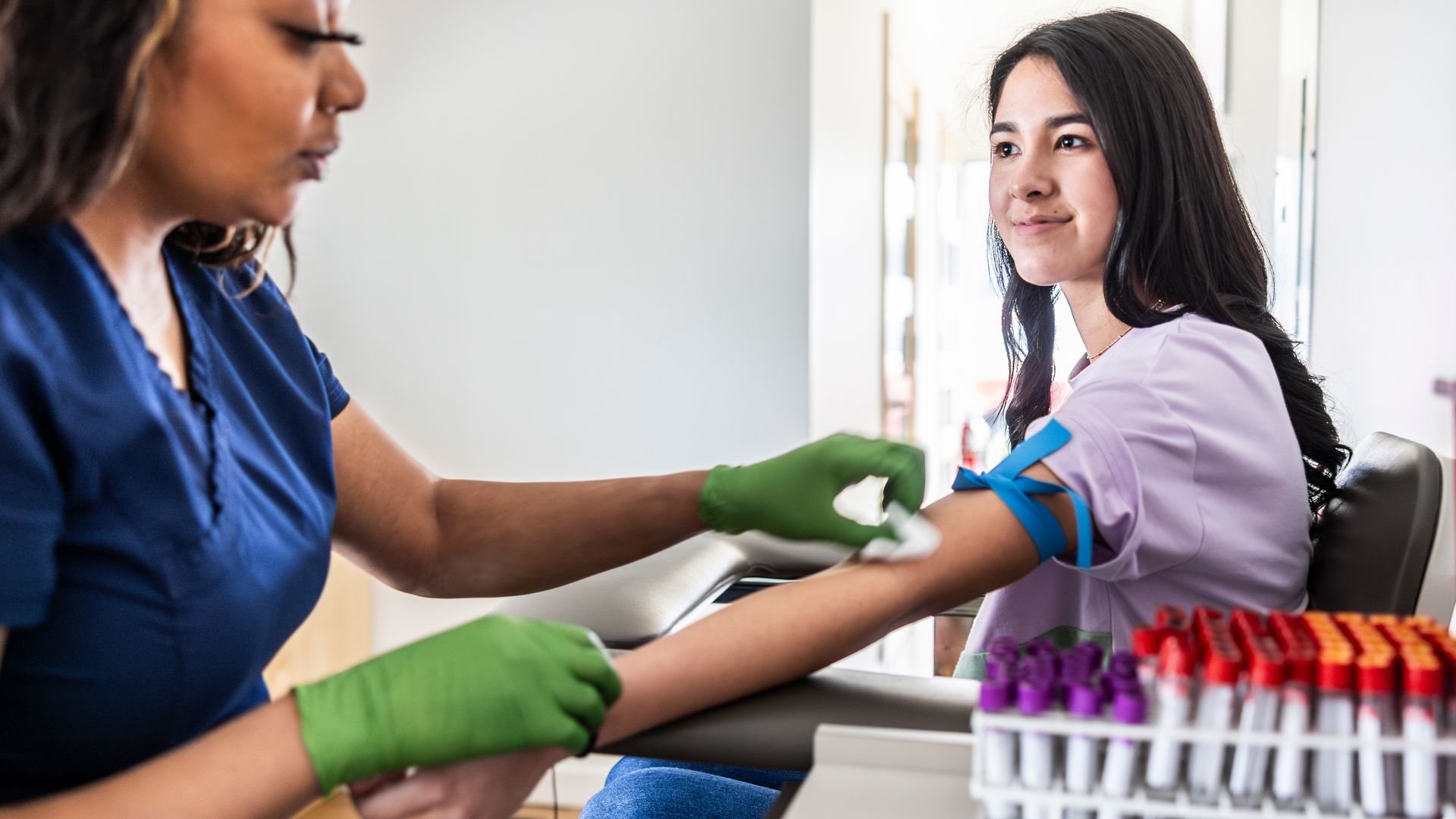
Craig Nigrelli
IN THE PAST – STUDIES HAVE SUGGESTED IRON DEFICIENCIES ARE MORE WIDESPREAD THAN DOCTORS MIGHT THINK.
NOW, A NEW STUDY CORROBORATES THAT.
THE STUDY BRIGHAM AND WOMEN’S HOSPITAL IN BOSTON FOUND ABOUT 14 PERCENT OF ADULTS IN THE U-S HAVE AN IRON DEFICIENCY.
HUMANS PRODUCE IRON IN THEIR BLOOD TO CARRY OXYGEN THROUGHOUT THEIR BODY.
AN UNDIAGNOSED IRON DEFICIENCY CAN LEAD TO FATIGUE, BRAIN FOG, AND TROUBLE CONCENTRATING – OR EVEN MORE SERIOUS SYMPTOMS LIKE HEART PROBLEMS.
AND SINCE DOCTORS *DON’T* TYPICALLY SCREEN ADULTS FOR IRON DEFICIENCY – THE ISSUE OFTEN GOES OVERLOOKED.
THERE ARE TWO TYPES OF IRON DEFICIENCY; ABSOLUTE AND FUNCTIONAL.
ABSOLUTE IRON DEFICIENCY IS WHEN THEIR LOW IRON LEVELS IN A PERSON’S BLOOD…
WHILE THOSE WITH A FUNCTIONAL DEFICIENCY *DO* HAVE THE RIGHT IRON LEVELS – BUT THEIR BODIES DON’T USE IT PROPERLY.
RESEARCHERS STUDIED MORE THAN 8-THOUSAND ADULTS AND FOUND 14 PERCENT HAD AN ABSOLUTE IRON DEFICIENCY…
AND ANOTHER 15 PERCENT HAD A FUNCTIONAL IRON DEFICIENCY.
NONE OF THE PARTICIPANTS RESEARCHERS LOOKED AT HAD A HEALTH CONDITION TYPICALLY ASSOCIATED WITH IRON DEFICIENCY – LIKE ANEMIA, KIDNEY DISEASE, HEART FAILURE, AND PREGNANCY.
ADDITIONALLY, WHILE DOCTORS *DO* FREQUENTLY SCREEN FOR ANEMIA – WHICH IS WHEN LOW IRON CAUSES A PERSON TO NOT HAVE ENOUGH RED BLOOD CELLS – THEY SAY PEOPLE *CAN* STILL HAVE ENOUGH RED BLOOD CELLS WHILE NOT MAKING ENOUGH IRON.
FEMALES ARE AT THE GREATEST RISK FOR IRON DEFICIENCY – ESPECIALLY PREGNANT FEMALES – BUT IT’S RELATIVELY COMMON AMONG FREQUENT BLOOD DONORS, INFANTS AND CHILDREN, AND VEGETARIANS.
WHAT YOU EAT CAN PLAY A BIG FACTOR IN WHETHER YOUR BODY MAKES ENOUGH IRON.
DOCTORS SAY STICKING TO A DIET THAT’S HIGH IN IRON-RICH FOODS HELPS – AS DOES EATING FOODS WITH VITAMIN C, WHICH HELPS YOUR BODY ABSORB THE IRON.











